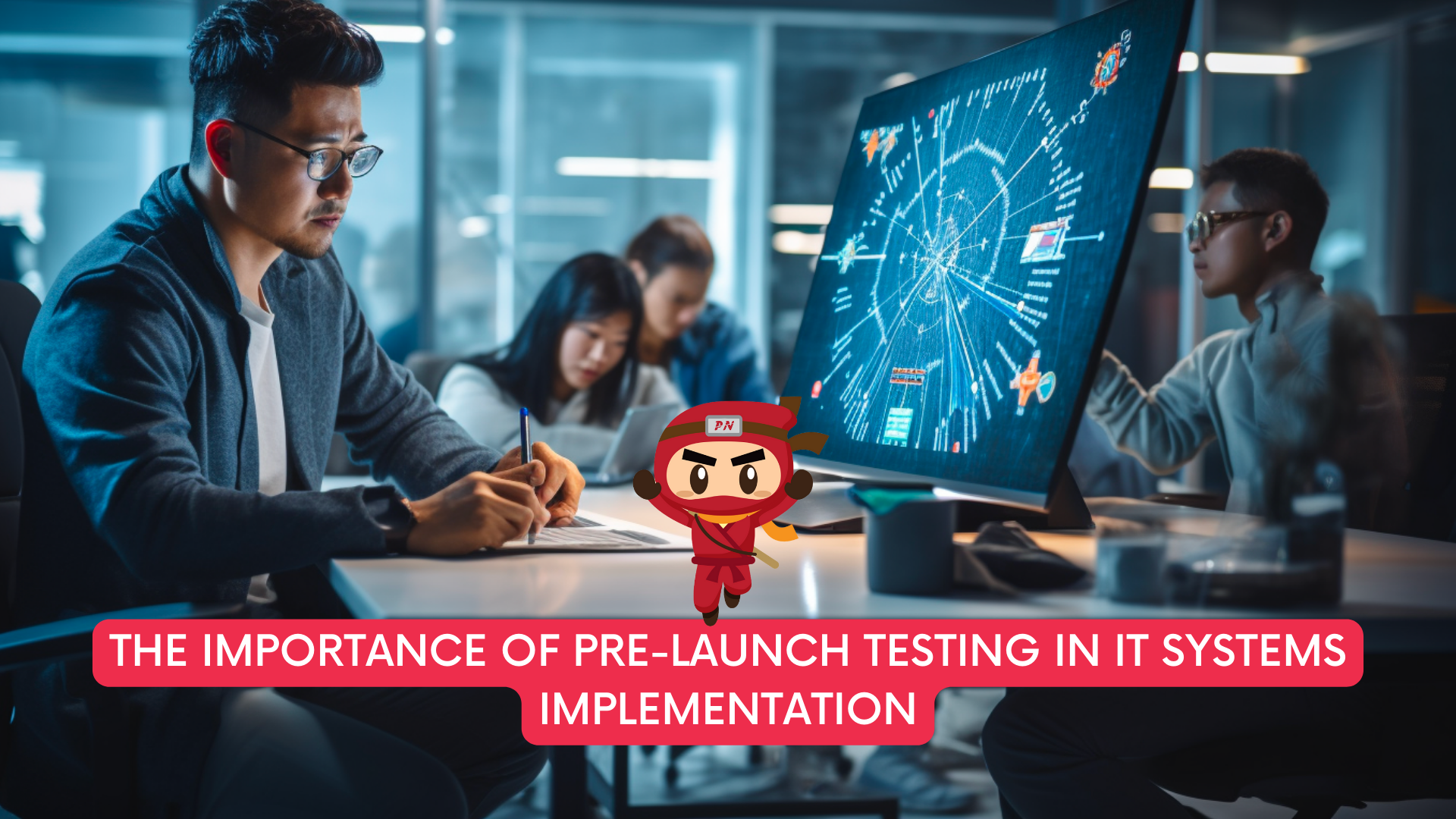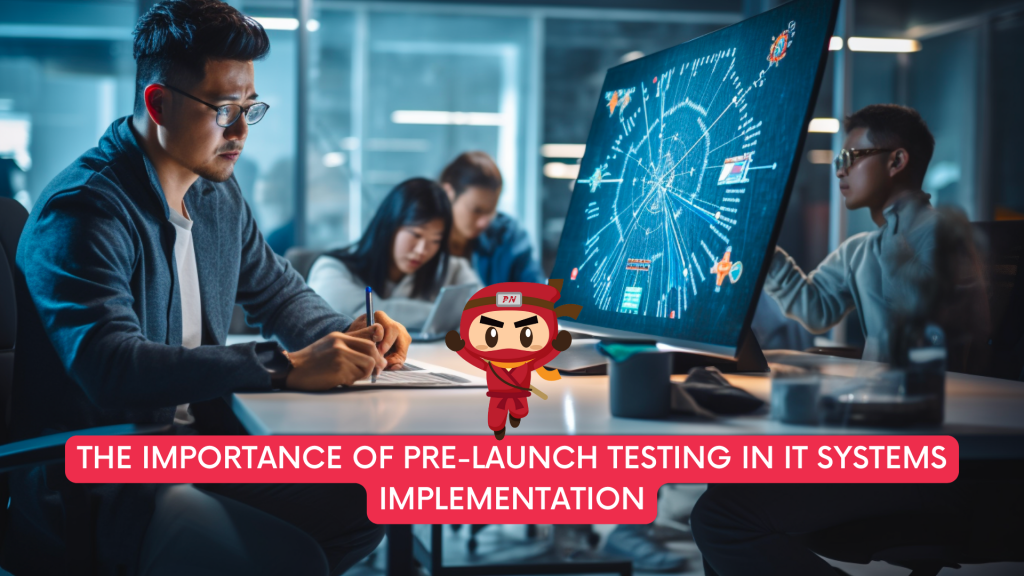KEEP IN TOUCH
Subscribe to our mailing list to get free tips on Data Protection and Cybersecurity updates weekly!







In the dynamic landscape of technology, the successful implementation of new IT systems or modifications to existing ones is critical for organizational efficiency and competitiveness. However, before the launch of any such system, a comprehensive pre-launch testing phase is indispensable.
This article explores the significance of thorough pre-launch testing in ensuring the seamless operation of IT systems and maximizing their effectiveness.
Prior to the introduction of a new IT system or significant modifications to an existing one, conducting thorough pre-launch testing is imperative. This testing phase serves as a crucial step in evaluating the functionality and performance of the system before it goes live. By simulating real-world scenarios and user interactions, organizations can identify and rectify potential issues, ensuring a smoother transition and minimizing disruptions post-implementation.
Comprehensive pre-launch testing involves assessing various aspects of the system, including its compatibility with existing infrastructure, responsiveness under different loads, and resilience to potential security threats. By subjecting the system to rigorous testing protocols, organizations can gain confidence in its reliability and effectiveness, mitigating the risk of unexpected failures or downtimes that could adversely impact business operations.

One of the primary objectives of pre-launch testing is to ensure the functionality of the IT system across diverse scenarios. This entails testing the system under various conditions, including different user roles, data volumes, and network environments. By considering all conceivable scenarios, organizations can uncover potential vulnerabilities or performance bottlenecks and address them proactively.
Comprehensive testing also involves conducting regression testing to validate that new features or modifications do not inadvertently impact existing functionalities. By systematically testing each component and integration points, organizations can detect and resolve compatibility issues before they escalate into larger problems post-launch. This proactive approach minimizes the likelihood of post-implementation issues and enhances the overall user experience.
In today’s competitive business landscape, the effectiveness of IT systems can significantly impact an organization’s ability to innovate, adapt, and stay ahead of the curve. Therefore, maximizing the effectiveness of IT systems requires rigorous testing throughout the development lifecycle. Pre-launch testing serves as a critical quality assurance measure, ensuring that the system meets the specified requirements and delivers the intended value to stakeholders.
By identifying and addressing potential issues early in the development process, organizations can avoid costly rework and delays that may arise from issues discovered post-launch. Moreover, by soliciting feedback from key stakeholders during the testing phase, organizations can incorporate valuable insights to enhance the system’s usability, performance, and overall user satisfaction.
A seamless transition from the testing environment to live operations is essential for minimizing disruptions and ensuring business continuity. Pre-launch testing enables organizations to validate the deployment process and verify that all necessary configurations, data migrations, and integrations have been executed successfully. By conducting thorough user acceptance testing (UAT), organizations can ensure that end-users are adequately trained and prepared for the system’s launch.
Furthermore, pre-launch testing provides an opportunity to establish contingency plans and mitigation strategies for unforeseen issues that may arise during the transition phase. By proactively addressing potential risks and dependencies, organizations can mitigate the impact of any disruptions and maintain confidence in the system’s reliability and performance.

In conclusion, the importance of comprehensive pre-launch testing in IT systems implementation cannot be overstated. By thoroughly evaluating the system’s functionality, performance, and reliability before its launch, organizations can minimize risks, maximize effectiveness, and ensure a seamless transition to live operations. Investing in pre-launch testing is not only a prudent quality assurance measure but also a strategic imperative for organizations seeking to leverage technology effectively to achieve their business objectives.
Your appointed DPO can work with you on your PDPA compliance, ensuring that there will be policies in place to make sure that the handling of personal data is PDPA compliant.
A Data Protection Officer (DPO) oversees data protection responsibilities and ensures that organisations comply with the Personal Data Protection Act (PDPA). Furthermore, every Organisation’s DPO should be able to curb any instances of PDPA noncompliance as it is the officer responsible for maintaining the positive posture of an organisation’s cybersecurity.
DPOs complement organisations’ efforts to ensure that the organisation’s methods of collecting personal data comply with the PDPA. It also ensures that policies are set in place to make sure that there will be no instances of data breaches in the future.
Don’t wait any longer to ensure your organisation is PDPA compliant. Take our free 3-minute PDPA Compliance Self-audit checklist now, the same “secret weapon” used by our clients to keep them on track. Upon completion, we will send you the results so you can take the necessary action to protect your customers’ data. Complete the free assessment checklist today and take the first step towards protecting your customers’ personal data.